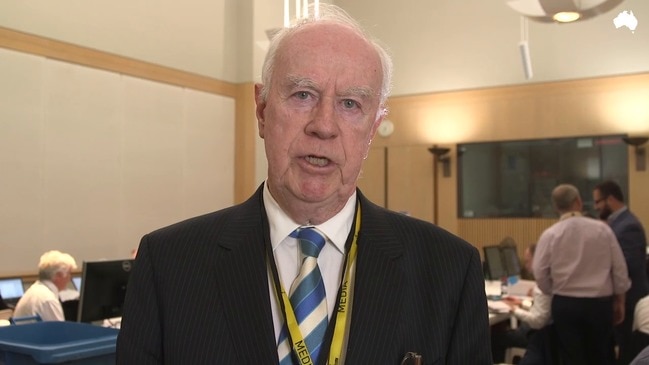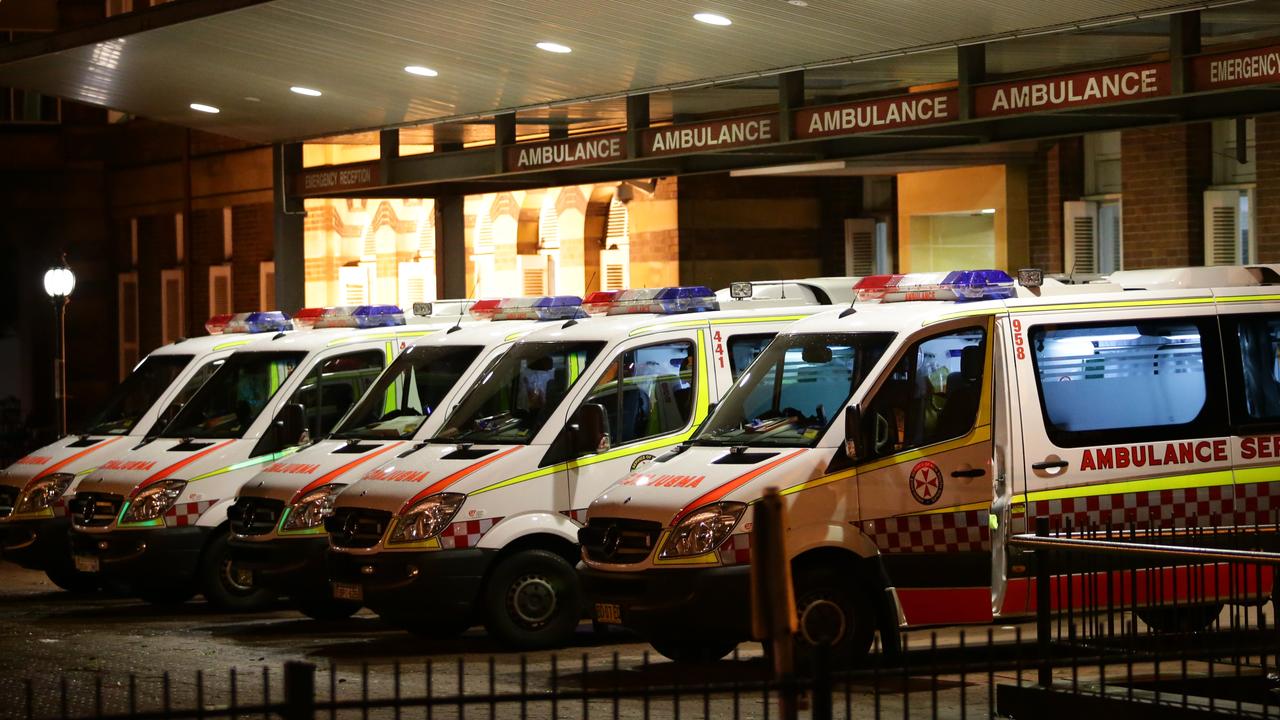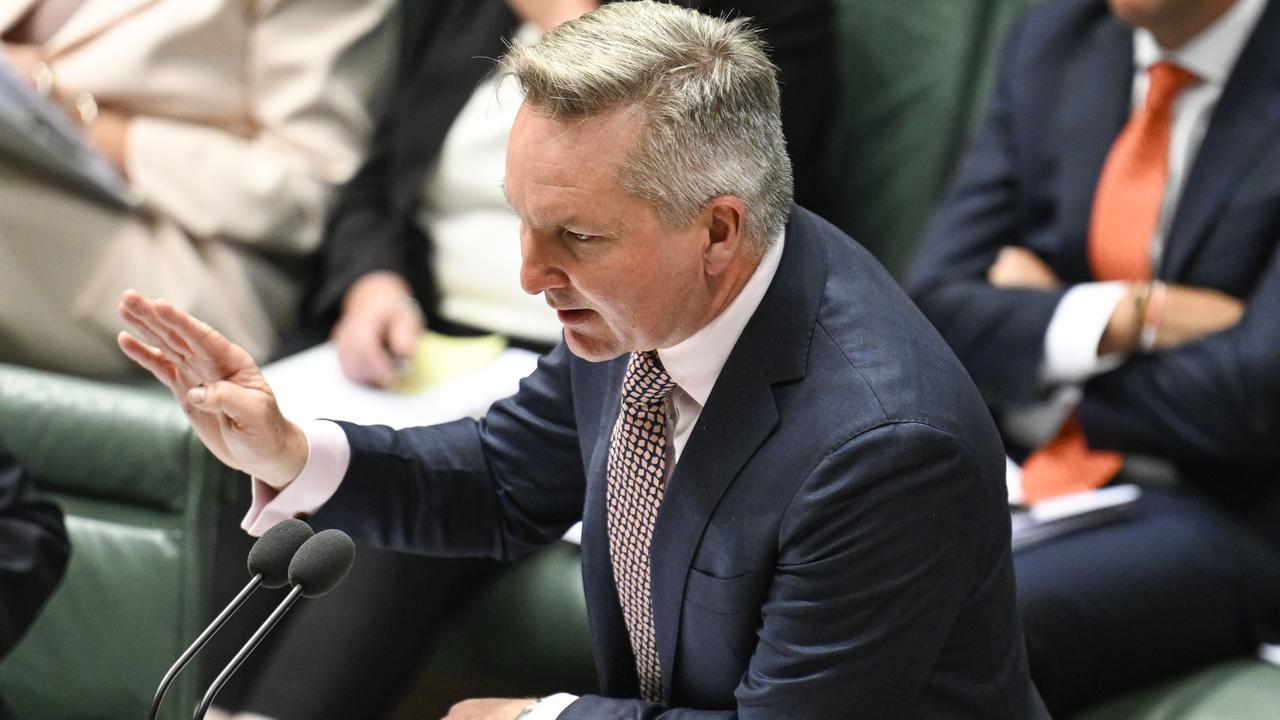
This is a “vote now and bargain on responsibility later” budget.
It contains two big ideas: a $158 billion tax cut and the historic return to surplus after 12 years — but the election tax cut enjoys primacy over the alarmingly weak surplus figures across the four years of forward estimates.
The immediate priority is 2019 election politics and its legitimacy rests upon the narrow 2019-20 surplus. Josh Frydenberg’s pitch is that “only one side of politics” could deliver the surplus and offer an even bigger tax cut package than last year. But the Treasurer, with this budget, has switched the tax strategy.
He brings forward a new tax gift worth $15bn across four years — the enticement to re-elect the Morrison government — and he makes low to middle-income earners in the $48,000-$90,000 range the enshrined winners.
This inaugurates a game of check and counter check with Labor. Expect Bill Shorten to match the government’s stage one tax gift, but offer an alternative tax package to the government’s in latter stages.
The shower of money about to fall on 10 million Australians from July will see singles in the middle-income range score a $1080 tax gift and dual-income families get $2160.
Frydenberg’s tax agenda will be put to the election as a package to be legislated post-election if Scott Morrison prevails. This will be the centrepiece of the government’s election campaign. Yet the package is deceptive and rear-end loaded. It is worth only $20bn in the four years to 2022-23.
The bulk of the $158bn over the decade and the real reform comes with the 2022-23 increase in the top threshold of the 19 per cent tax bracket from $41,000 to $45,000 and in 2024-25 when Australia will move to a three-step tax system: 19, 30 and 45 per cent.
This means that at maturity 94 per cent of taxpayers will face a marginal rate of no higher than 30 per cent.
Progressivity will become central to the coming battle with Labor and the government’s final model is still progressive — the top 5 per cent of taxpayers will pay 33 per cent of all tax and a person with a taxable income of $200,000 will pay 10 times the tax of a person with a taxable income of $45,000.
With his eye on the election, Frydenberg cast his net wide. The economic goals are restoration of the nation’s finances, a stronger economy driven by a $100bn decade-long infrastructure spend and optimistic forecasts for growth and wages. The Treasurer’s election/budget message is akin to “trust us” as he warns of serious challenges ahead. The job is not yet done — the deficit is gone but the debt is yet to be discharged.
The government says it has delivered a trifecta — the budget is back in the black, significant tax cuts are coming devoid of Labor’s hefty tax increases, and vital education, health and aged-care services are being met.
But the government missed a symbolic opportunity — it should have achieved a surplus for the 2018-19 year just ending instead of a $4.2bn deficit. Why was this overlooked? It is the difference between saying “the surplus is here” as distinct from forecasting a $7.1bn surplus for 2019-20.
It is disappointing the surplus figures across the forward estimates are weak and vulnerable to economic disruption. Labor will seize upon this. As a proportion of GDP, the surpluses are 0.4 per cent, 0.5 per cent, 0.8 per cent and 0.4 per cent, with the long-sought goal of the surplus as 1 per cent of GDP not reached until 2025-26. The story here reflects the price of the tax cuts.
Frydenberg bolstered the small business constituency with extra tax relief and extended this to companies with a $50 million turnover — covering companies employing 1.7 million people — and, aware of Labor’s inevitable election attack, protected Medicare with $1bn-plus extra funding. The government has funded its strong suite — the national security agenda — but is keen to develop its compassion and human capital side with funds for early childhood education, a $525m skills package and $527m for the Royal Commission into Violence, Abuse and Exploitation of People with Disability.
Despite its optimistic forecasts, the budget papers are also laced with downside warnings — from the fall in housing prices possibly hurting consumption to concern about the global economy.
The states are in the firing line. GST receipts provided to the states will fall by an ominous $7.3bn over three years.
With spending estimated to run at only 1.3 per cent yearly in real terms across the forward estimates, the government has moved into a holding pattern on spending restraint.
Spending as a proportion of GDP is 24.6 per cent in 2019-20 and at the end of the forward estimates in 2022-23 estimated at 24.5 per cent: almost no difference.
Despite the tax cut package, total tax receipts as a proportion of GDP will remain strong — at 23.3 per cent in 2019-20 rising to 23.7 per cent in 2021-22 before tipping back the following year.
These tax ratios are significantly higher than during the Rudd/Gillard era. They are, however, expected to be below the overall tax burden levied by a Shorten government.
The return to surplus in Frydenberg’s budget is a fiscal victory for the Liberals but a victory that has come at a fearful political price since the first Abbott budget. The critical question now, on election eve, is whether the public will credit this achievement or whether it has decided the previous pain and chaos means the government is beyond the point of salvation.



